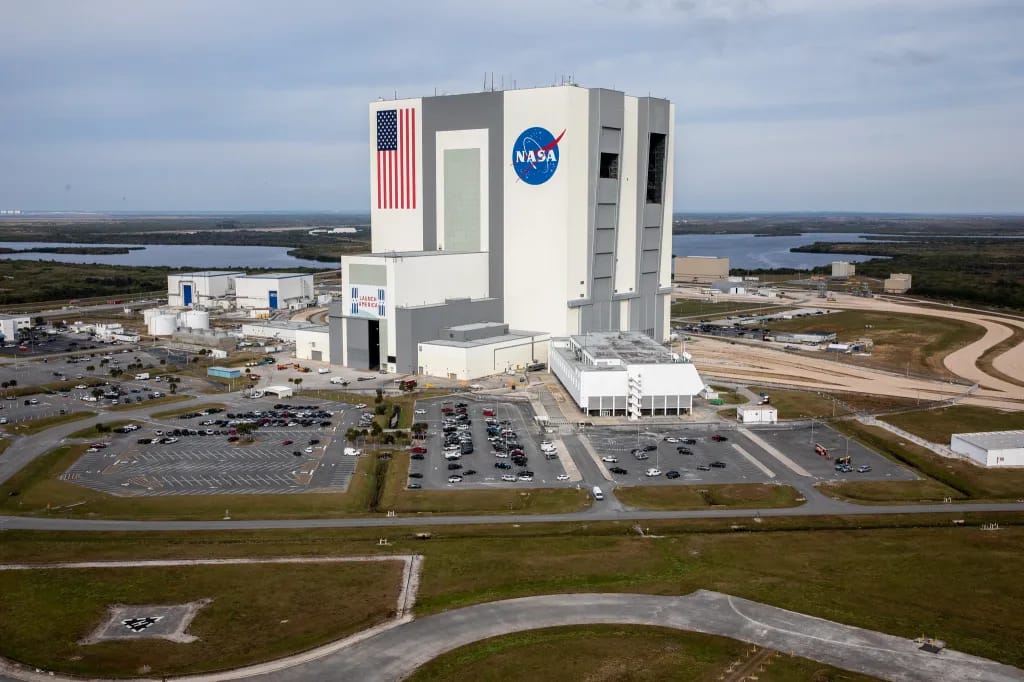Houston’s rise as a leader in space exploration reflects decades of strategic investments, bold leadership, and a spirit of innovation. From the establishment of NASA’s Johnson Space Center to cutting-edge research initiatives, the city’s journey into space history is marked by key milestones and significant contributions to science, engineering, and technology.

The Birth of the Space City: NASA and the Johnson Space Center
The journey began in 1961 when NASA chose Houston as the home for its Manned Spacecraft Center, later renamed the Johnson Space Center (JSC) in honor of President Lyndon B. Johnson. Houston’s selection was influenced by multiple factors, including Texas’s political support, the proximity to Rice University, and the availability of vast land resources.
The Johnson Space Center quickly became the hub for human spaceflight operations, where astronauts trained, missions were planned, and innovative research flourished. It gained worldwide recognition when it served as the command center for the Apollo program, particularly during the iconic Apollo 11 moon landing in 1969, where the phrase “Houston, Tranquility Base here. The Eagle has landed,” echoed around the world.
Human Spaceflight and Innovation: From Apollo to the International Space Station
Houston’s involvement in the Apollo program solidified its status as a center for space exploration. Following Apollo, the Johnson Space Center continued to lead efforts in human spaceflight, including Skylab missions in the 1970s and the development of the Space Shuttle program.

The Space Shuttle era (1981–2011) saw Houston playing a pivotal role, with Mission Control managing every shuttle launch and landing. During this period, the Johnson Space Center developed advanced life-support systems, robotics, and spacecraft technology. Houston also played a key role in the design and operation of the International Space Station (ISS), with the station acting as a permanent orbiting laboratory for scientific research.
Collaboration with Universities and the Private Sector
Houston’s status as a space hub is strengthened by its collaboration with universities and private industry. Rice University, known for its engineering programs, has long been a partner with NASA, providing research and innovation in materials science and space technologies. Similarly, the University of Houston contributes to space research, focusing on robotics, bioengineering, and medicine.
In recent years, the rise of private space companies has expanded Houston’s role in the commercial space race. The Houston Spaceport, located at Ellington Airport, has attracted companies like Axiom Space and Intuitive Machines, focusing on lunar lander development and space tourism. These partnerships symbolize a new era of space exploration driven by both government and private enterprises.
Space Medicine and Houston’s Contribution to Human Health in Space
Another significant area of Houston’s space expertise lies in space medicine. NASA’s research in human physiology, conducted at the Johnson Space Center, has led to breakthroughs that impact both astronauts and people on Earth. The University of Texas Medical Branch (UTMB) and Baylor College of Medicine collaborate closely with NASA, studying the effects of microgravity on bone density, muscle loss, and cardiovascular health.
Advances in telemedicine, initially developed for astronauts, have also found applications in rural healthcare on Earth, demonstrating the far-reaching impact of Houston’s space research on human well-being.
Inspiring the Future: Education and Outreach Programs
Houston’s commitment to fostering the next generation of scientists and engineers is evident through various educational initiatives. The Johnson Space Center offers programs like Space Center Houston, an interactive museum that educates visitors about space missions, robotics, and astronaut training. The center attracts millions of visitors annually, inspiring students to pursue careers in STEM fields.
Additionally, NASA runs the High School Aerospace Scholars program, encouraging Texas students to engage with aerospace engineering and science. These outreach efforts ensure that Houston’s legacy in space exploration continues to inspire future generations.
A Future Beyond Earth
Houston’s journey from the early days of the space race to becoming a leader in modern space exploration showcases its resilience, innovation, and ambition. As the city embraces commercial spaceflight, lunar missions, and deep-space exploration, its influence in the aerospace industry will only grow. With a robust network of research institutions, government partnerships, and private companies, Houston’s legacy as the “Space City” is well-positioned for the next frontier – Mars and beyond.
